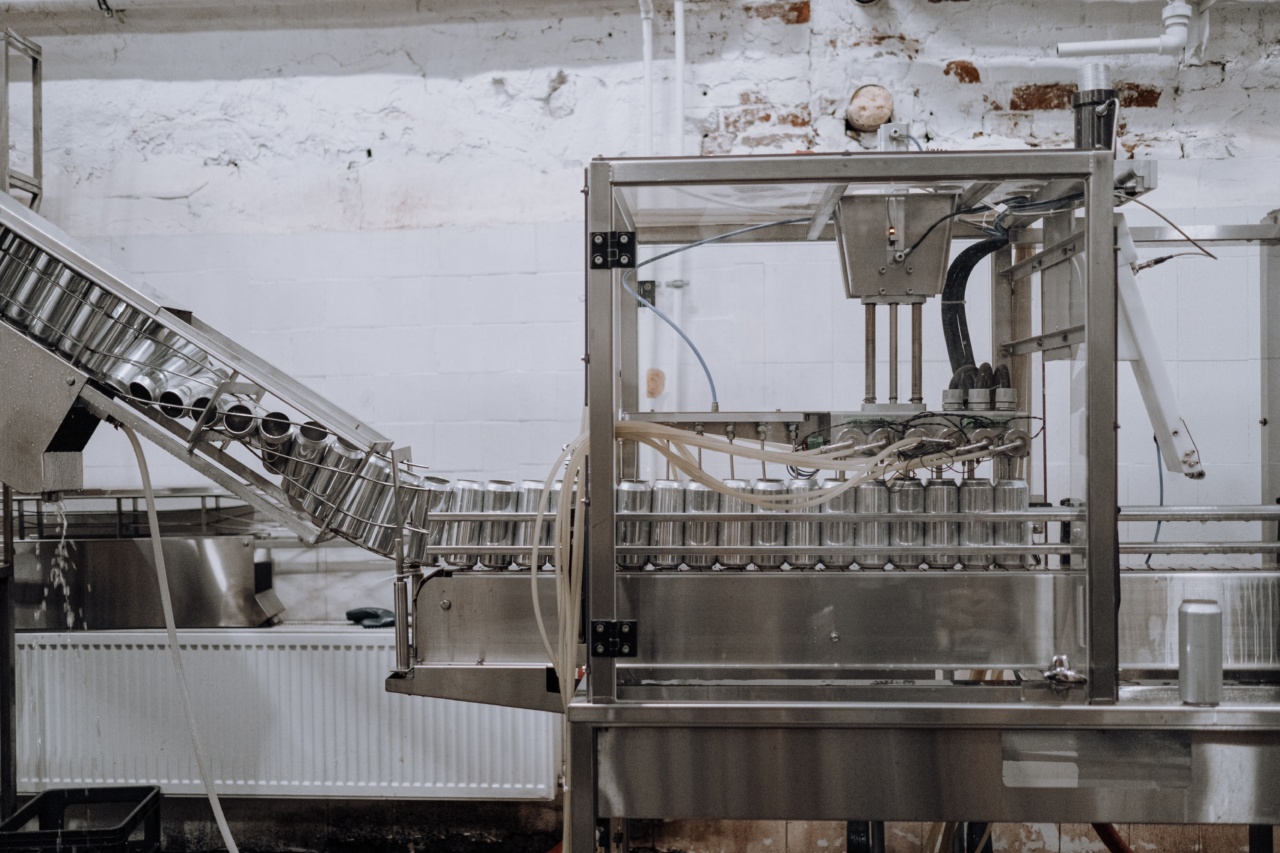Iron is an essential mineral required by the body for various vital functions, including the production of red blood cells and the transportation of oxygen throughout the body.
While iron is necessary for maintaining good health, excessively high iron levels can lead to health complications and increase the risk of diseases such as iron overload disorders and hemochromatosis.
Recent research has focused on identifying drinks that have the potential to lower iron levels in the body, offering individuals an alternative way to regulate their iron levels and maintain optimal health.
In this article, we will explore some of the beverages that researchers have discovered to be effective in reducing iron levels.
Why Lowering Iron Levels is Important for Health
Hemochromatosis, a genetic disorder characterized by excessive accumulation of iron in the body, affects a significant portion of the population.
This disorder can result in iron overload, which can lead to various health problems such as liver damage, heart disease, and diabetes. By proactively managing iron levels, individuals can reduce their risk of developing iron overload disorders and associated complications.
Lowering iron levels is particularly crucial for individuals who have been diagnosed with iron overload disorders or are at a higher risk due to genetic predisposition or other factors.
However, even individuals without a diagnosed condition can benefit from maintaining balanced iron levels to support overall health and well-being.
Beverages that Aid in Lowering Iron Levels
1. Green Tea.
Green tea has been extensively studied for its potential health benefits, including its iron-lowering properties.
Studies have shown that the polyphenols present in green tea can inhibit the absorption of iron from food, helping to reduce iron levels in the body. Regular consumption of green tea, therefore, may be beneficial for individuals looking to lower their iron levels.
2. Coffee.
Coffee is another popular beverage that has been found to have iron-lowering effects. Similar to green tea, the polyphenols in coffee can interfere with iron absorption, making it a potential ally in managing iron levels.
However, it’s important to note that excessive consumption of coffee may have other health implications, so moderation is key.
3. Herbal Teas.
Various herbal teas, such as chamomile, peppermint, and hibiscus teas, have been suggested to have iron-lowering properties.
These teas often contain compounds that can inhibit iron absorption, making them a potential addition to the diet of individuals seeking to regulate their iron levels naturally.
4. Cranberry Juice.
Cranberry juice is known for its numerous health benefits, and research suggests that it may also have an iron-lowering effect. A study published in the Journal of Medicinal Food found that cranberry extracts can reduce iron absorption by up to 63%.
Regular consumption of cranberry juice, therefore, may be helpful for individuals with iron overload or those looking to maintain balanced iron levels.
5. Pomegranate Juice.
Pomegranate juice is rich in antioxidants and has been found to possess various health-promoting properties. Additionally, research indicates that pomegranate juice may have iron-lowering effects.
One study demonstrated that the antioxidants found in pomegranate juice can inhibit iron absorption, potentially aiding in the regulation of iron levels in the body.
6. Red Wine.
While excessive alcohol consumption can have detrimental effects on health, moderate consumption of red wine has been associated with certain health benefits.
Some studies have suggested that red wine may have iron-lowering effects due to its polyphenolic compounds. However, it’s important to balance the potential benefits with the risks associated with alcohol consumption.
7. Tea with Lemon.
Adding lemon juice to your tea can have an iron-lowering effect.
The high vitamin C content of lemons enhances the absorption of non-heme iron (the form of iron found in plant-based foods) while inhibiting the absorption of heme iron (the form of iron found in animal-based foods). Therefore, combining tea, especially herbal teas, with lemon juice can assist in lowering iron levels naturally.
8. Tomato Juice.
Tomato juice, which is rich in vitamin C and other antioxidants, has shown promise in reducing iron levels. Vitamin C enhances the absorption of non-heme iron from plant-based foods while inhibiting the absorption of heme iron.
Including tomato juice as part of a balanced diet can support the maintenance of healthy iron levels.
9. Grapefruit Juice.
Grapefruit juice is not only refreshing but may also aid in lowering iron levels. Similar to other citrus fruits, grapefruit contains high levels of vitamin C, which can enhance the absorption of non-heme iron while reducing heme iron absorption.
Incorporating grapefruit juice into your diet can be a beneficial choice for managing iron levels.
10. Milk.
Milk and other calcium-rich dairy products have been found to have iron-lowering effects. Calcium has been shown to hinder the absorption of both heme and non-heme iron.
However, it is important to consume dairy products in moderation and consider other dietary factors since excessive calcium consumption may have adverse health effects.
The Potential Risks of Lowering Iron Levels
While managing iron levels is essential for health, it’s important to remember that iron is still a vital nutrient required by the body.
Lowering iron levels should be done under professional guidance, especially for individuals with diagnosed iron overload disorders or specific health conditions that necessitate careful iron regulation.
Iron plays a crucial role in several physiological processes, including oxygen transport, energy production, and immune function.
Chronically low iron levels can lead to iron deficiency anemia, which can cause fatigue, weakness, and impaired cognitive function. It’s important to strike a balance between reducing excessive iron levels and ensuring an adequate intake for overall well-being.
Individuals considering ways to naturally lower iron levels should consult with a healthcare professional or a registered dietitian to develop a tailored plan based on their individual needs and health status.
Incorporating Iron-Lowering Drinks into Your Diet
Adding iron-lowering drinks to your diet can be a proactive step toward managing iron levels. However, it’s important to remember that these beverages should not be the sole approach to lowering iron levels.
They should be part of a comprehensive plan that includes a balanced diet, regular exercise, and appropriate medical supervision if necessary.
Moreover, it’s important to be aware of the potential interactions between iron-lowering drinks and certain medications or nutritional supplements.
Some substances may interact with iron absorption, so it’s crucial to seek professional guidance to ensure the safe and effective utilization of these iron-lowering beverages alongside other treatments or supplementation.
Conclusion
Research has identified several beverages that have the potential to lower iron levels in the body. Incorporating these drinks into your diet, alongside a balanced meal plan and regular exercise, can offer a natural approach to managing iron levels.
However, it’s essential to consult with a healthcare professional or registered dietitian to develop a personalized plan that suits your specific needs and health status.
By taking proactive measures to regulate iron levels, individuals can reduce the risk of iron overload disorders, promote overall health, and maintain optimal well-being.






























